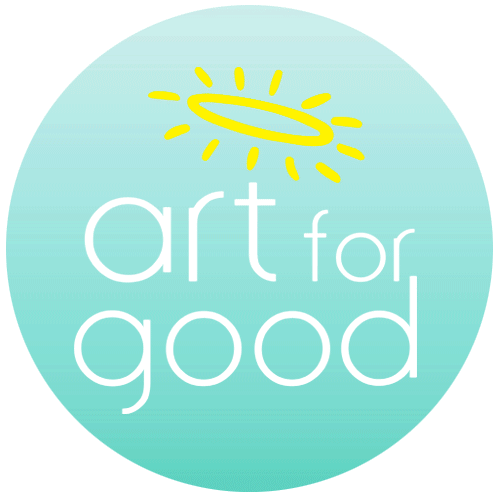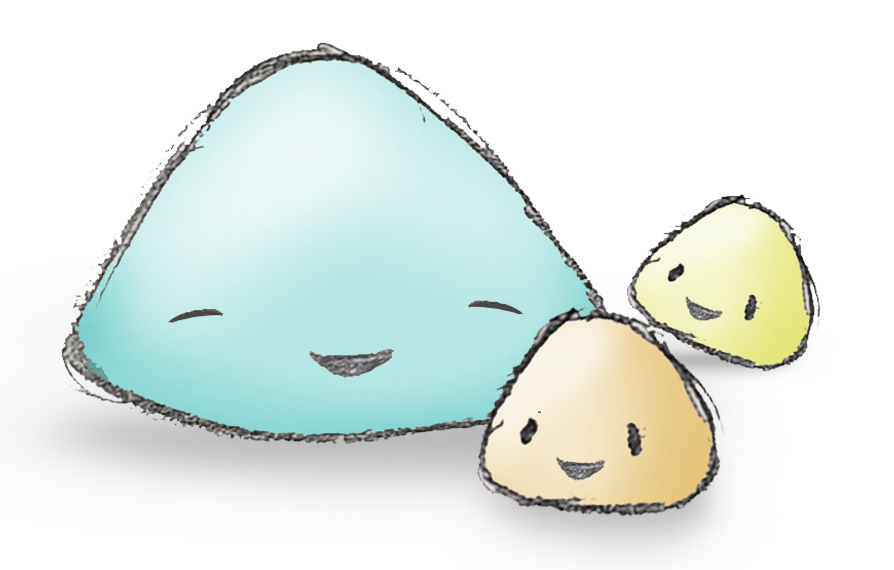
Ms Chen encouraged the girl to communicate with her mother about her struggles.
Ms Chen says: “The last I heard, she was not sent to a girls’ home.”
Names of parent and child were withheld to uphold client confidentiality.
Ms Chen is one of a growing number of art therapists here.
A quick Google search turns up at least 10 local-based companies offering art therapy, some of which were set up less than a year ago.
According to a Straits Times article in 2013, the number of therapists registered under the Art Therapists’ Association of Singapore (ATAS) had then tripled to 30 since it first began five years ago in 2008.
President of ATAS Jeanette Chan says the association’s membership strength has since grown to 45, and adds that the number of certified art therapists here is “much higher” than that figure.
Art therapists here say they have seen a growing number of clients in recent years, especially in the form of children and parents who have behavioural and emotional issues ranging from defiance to depression.
However, they add that any individual who is struggling can also benefit from art therapy.
Art therapy involves a participant using art materials of any medium to express themselves.
Based on the process and the product of the session, therapists are able to guide the participants to better understand their own thoughts and emotions.
One does not need to have any art-making skills to do art therapy.
Says art therapist Huma Durrani, 44: “Cognitively, you may not be aware of the issues you are facing. But through an image, you can express and uncover deep-seated, unconscious emotions.”
She set up art therapy centre Coloured Canvas in Bukit Timah last August. There, she holds individual, group, and family art therapy sessions.
For family art therapy sessions, some activities she facilitates includes asking a parent and child pair to draw on a shared piece of paper, or having them paint a house together while sharing a single paintbrush.
Mrs Durrani says that after making observations such as which party takes up more space on the canvas, who uses which medium, and how the participants control their art tools, she is able to ask the pair guiding questions.
Examples of these include: What did you draw? What happened as you made the artwork? How can you change things?
It is every therapist’s hope that the questions they ask will bring healing to broken relationships between family members.
Mrs Durrani says: “The art therapist does not interpret the client’s artwork on their behalf, but facilitates insight instead. Also, the client is never forced to make art.”
She intends to further extend her family art therapy services by offering art therapy group sessions for caregivers on a regular basis.
Fellow art therapist Ms Chen, who founded social enterprise Art For Good in Upper Changi last August, conducts art therapy programmes and workshops for vulnerable children both here and overseas.
Locally, she has worked with primary and secondary schools and organisations such as the Young Women’s Christian Association of Singapore and Rare Disorders Society Singapore.
At these sessions, art is an outlet for the children to release their negative feelings.
Based on the artworks and what the children share, Ms Chen then works closely with social workers and the children’s parents to make professional recommendations on what would be most beneficial for the child, in the hope of bringing about positive change to the family situation.
Some art therapy organisations have tools to help families deal with their ongoing challenges beyond the art therapy sessions, which typically cost $100 and above per hour.
International humanitarian organisation The Red Pencil, for instance, encourages their clients to draw or paint something daily in a Visual Journal.
The Red Pencil was founded in 2011 by husband-and-wife pair Alain and Laurence Vandenborre, and seeks to help the vulnerable of society via art and arts therapy.
The Visual Journal allows clients to continue to express their inner thoughts and feelings, even upon completing the arts therapy process.
Beyond art therapy, The Red Pencil also uses music, movement and dance to help children and families who have been through overwhelming life circumstances to express themselves in a creative yet safe way.
Some organisations have also begun looking at how art can be used to facilitate better communication and bonding between parents and children.
Last month, business partners Steve Lawler and Tanya Wilson, the co-founders of Kult – a multi-disciplinary design studio, art gallery and publisher at Emily Hill – launched Eyeyah!.
Eyeyah! is currently a social enterprise that produces a child-centric activity book, in which art is used to stimulate creative thinking, creativity, and conversations between parent and child.
Their first issue of this activity book is about the Internet. Made up almost entirely of images created by artists, the book also comes with games, colouring pages, and uses the artworks to convey the dangers of the Internet, such as addiction and online strangers.
Future issues will look at themes like Supermarket, where little ones will be taught about genetically-modified foods and sugar consumption; and Money, which will convey messages about saving and investing.
Ms Wilson, 39, says: “Parents who typically do not talk to their children about difficult issues can use the hard-hitting images within Eyeyah! as a tool to begin a conversation.”


 Amanda Chen
Amanda Chen